Table of Contents
If you're a spice lover, you want to know exactly which chilli delivers the perfect balance of heat and flavor for your needs. The best chilli isn't just about being the hottest—it's about finding the right variety that matches your cooking style, taste preferences, and dish requirements. This guide provides clear, actionable information to help you choose the perfect chilli for any recipe.
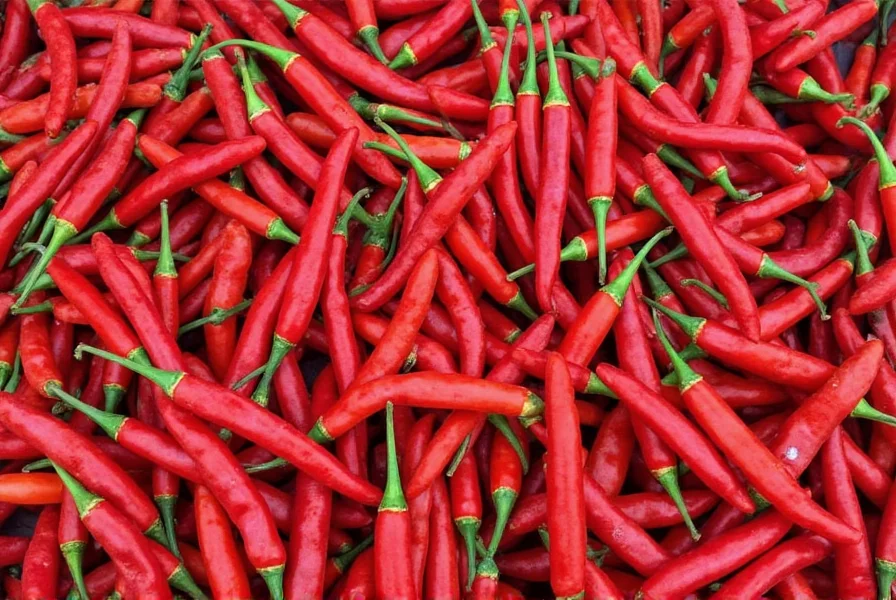
Types of Chillis and Their Heat Levels
Chillies vary significantly in heat intensity and flavor profile. Understanding these differences is crucial for selecting the right chilli for your dish. Here's a detailed breakdown of the most common varieties:
| Chilli Type | Heat Level (Scoville Units) | Flavor Profile | Best Uses |
|---|---|---|---|
| Jalapeño | 2,500–8,000 | Mild, slightly sweet, with a grassy note | Salsas, guacamole, stuffed peppers |
| Serrano | 10,000–23,000 | Sharp, peppery, with a tangy finish | Hot sauces, Mexican cuisine |
| Chipotle | 1,000–8,000 | Smoky, earthy, with a deep heat | Barbecue sauces, stews, adobo |
| Habanero | 100,000–350,000 | Fiery, fruity, with a floral aroma | Caribbean dishes, hot sauces |
| Ghost Pepper | 850,000–1,041,450 | Extremely hot, with a sweet and smoky undertone | Extreme spice challenges, gourmet hot sauces |
| Bell Pepper (Mild) | 0 | Crunchy, sweet, and mild | Salads, stir-fries, stuffed peppers |
| Carolina Reaper | 1,400,000–2,200,000 | Intensely hot, with fruity undertones | Specialty hot sauces, spice challenges |
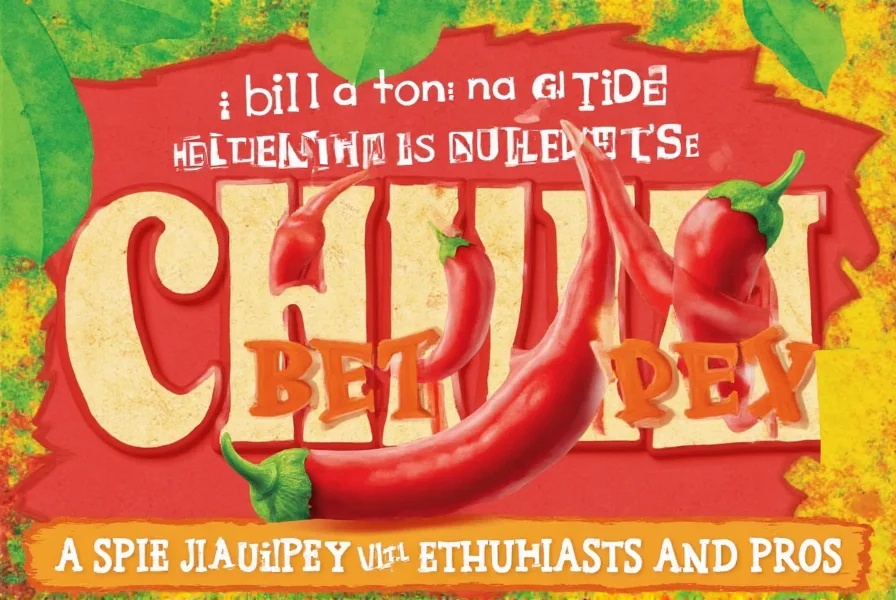
The Scoville scale measures a chilli's heat intensity, but flavor is equally important. For example, while habaneros are hotter than jalapeños, they also have distinct fruity notes that make them ideal for specific dishes. Always consider both heat level and flavor when selecting chillies.
Buying Guide: How to Choose the Best Chilli
Selecting the right chilli requires attention to several key factors. Here's what to look for:
- Check freshness indicators: Look for firm, shiny skin with no wrinkles or soft spots. Avoid chillies with mold or discoloration.
- Consider color: Green chillies are typically milder, while red or orange varieties are usually hotter and sweeter. Some varieties like cayenne change color as they mature.
- Smell test: Fresh chillies should have a vibrant, aromatic scent. Dull or musty odors indicate poor quality or age.
- Know your dish: Match the chilli to your recipe—milder varieties for subtle heat, hotter varieties for intense spice.
- Check source reliability: Purchase from reputable vendors who can provide information about the chilli's origin and heat level.
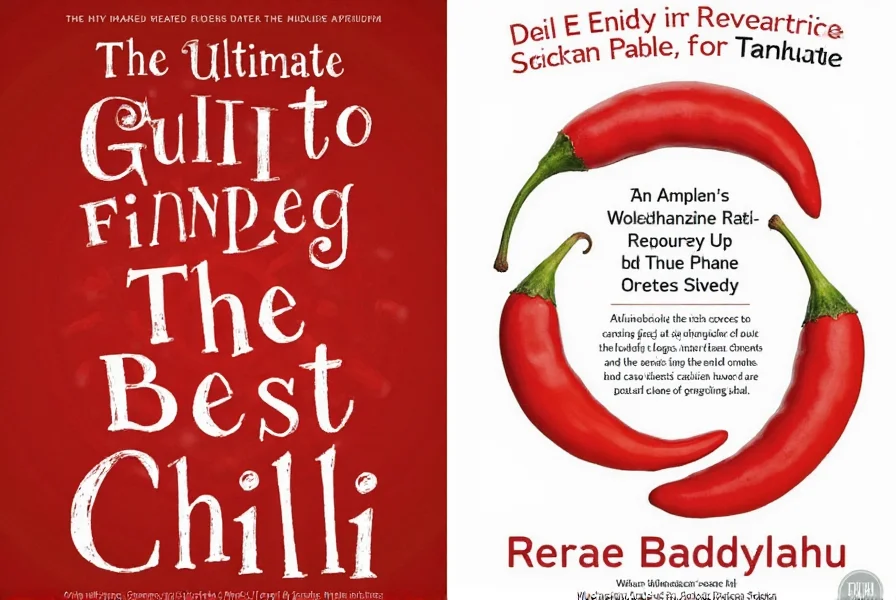
When in doubt, ask store staff for recommendations based on your specific needs. Many specialty stores offer chillies with heat level information clearly labeled.
Cooking Tips for Using the Best Chilli
Using chillies effectively requires understanding how to handle and incorporate them into your cooking:
- Control heat: Remove seeds and white membranes to reduce heat intensity. Keep them for maximum spice.
- Roasting technique: Roasting enhances natural sweetness and adds smoky depth. Char the skin over open flame, then peel before using.
- Pairing principles: Chillies pair well with acidic ingredients (tomatoes, citrus), fats (avocado, dairy), and sweet elements (fruit, honey) to balance heat.
- Storage methods: Fresh chillies last 1-3 weeks refrigerated in paper bags. Freeze whole for up to 6 months or dry for long-term storage.
- Safety precautions: Always wear gloves when handling extremely hot chillies. Never touch your face until hands are thoroughly washed.
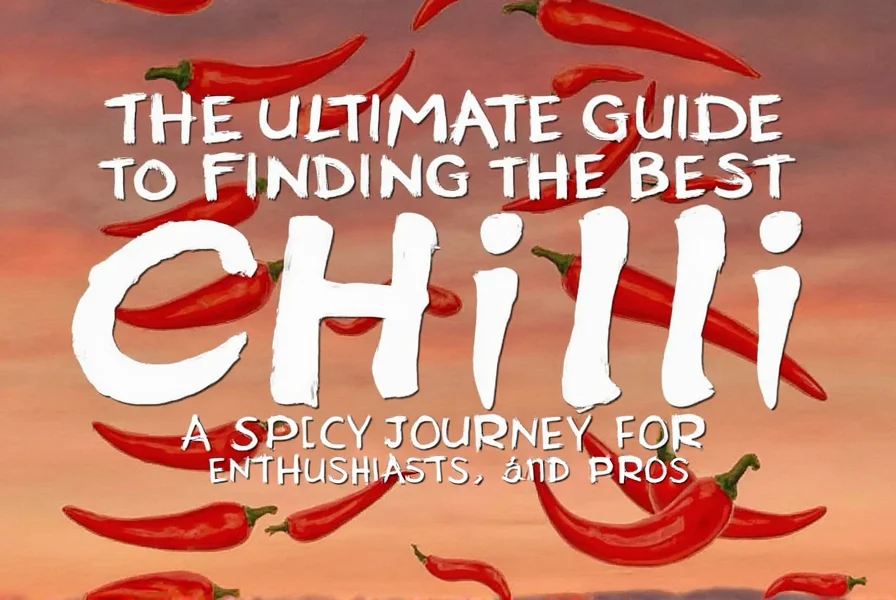
Popular Chilli Varieties Everyone Should Know
Here are the most versatile chilli varieties with their distinctive characteristics:
- Jalapeño: The gateway chilli for beginners. Perfect for salsas and adding mild heat to everyday dishes.
- Habanero: Delivers intense heat with tropical fruit notes. Essential for authentic Caribbean and Mexican hot sauces.
- Carolina Reaper: Currently the world's hottest chilli (verified by Guinness World Records). Used sparingly in specialty hot sauces and challenges.
- Chipotle: Smoked jalapeño with rich, smoky flavor. Ideal for barbecue sauces and Mexican stews.
- Poblano: Mild, versatile chilli with earthy notes. Perfect for chiles rellenos and mole sauces.
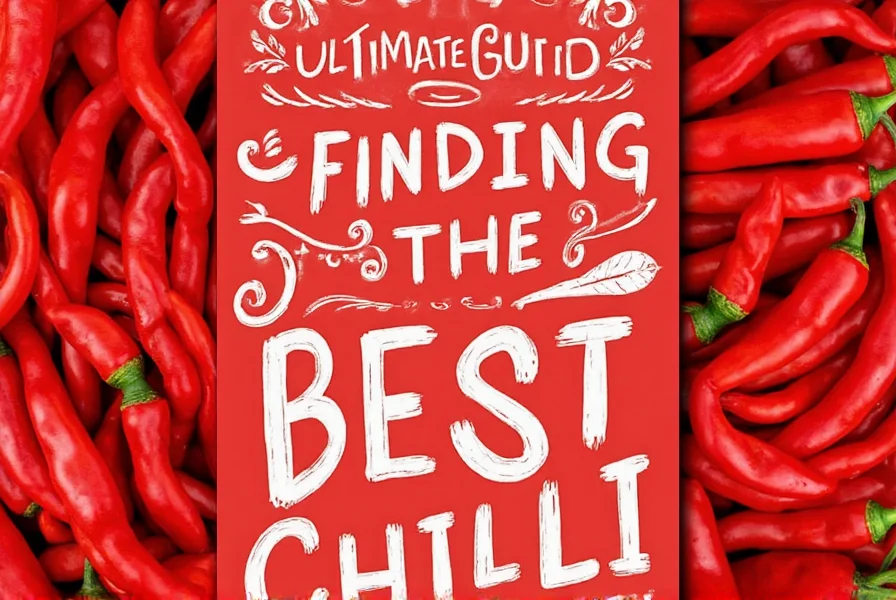
Frequently Asked Questions About Chillis
What is the current hottest chilli in the world?
As of 2024, the Carolina Reaper holds the official Guinness World Record for hottest chilli with an average of 1.6 million Scoville Heat Units (SHU). Some unverified varieties like Pepper X claim higher heat levels, but these have not been officially tested or certified.
How can I safely handle extremely hot chillies?
Always wear disposable gloves when handling hot chillies. Never touch your face, especially eyes, while handling them. If you accidentally get capsaicin on your skin, wash with soap and cold water. For persistent burning, apply milk or yogurt to help dissolve the oil-based capsaicin before washing again. Avoid using hot water, as it spreads the capsaicin.
What's the difference between 'chilli', 'chili', and 'chile'?
The spelling varies by region: 'chilli' (double 'l') is standard in British English and many Commonwealth countries, 'chili' (single 'l') is American English spelling, and 'chile' is the Spanish spelling used in the American Southwest. All refer to the same pepper. Note that 'chili' without 'pepper' can also refer to the meat stew (chili con carne).
How do I reduce spiciness in a dish that's too hot?
To reduce heat in a dish: 1) Add dairy products like yogurt, sour cream, or milk (capsaicin dissolves in fats); 2) Incorporate acidic ingredients like lemon juice or vinegar; 3) Add sweet elements such as sugar or honey; 4) Include starchy ingredients like rice, potatoes, or bread; 5) Dilute the dish with more non-spicy ingredients. Remember that cooling methods work better than simply adding more liquid.
How should I store chillies to maximize freshness?
Fresh chillies last 1-3 weeks refrigerated in a paper bag in the vegetable drawer (not plastic, which traps moisture). For longer storage, freeze whole chillies in an airtight container for up to 6 months—they'll be softer when thawed but retain flavor. Dried chillies keep for up to a year in an airtight container in a cool, dark place. Pickled chillies last 6-12 months refrigerated.
What are the health benefits of eating chillies?
Chillies offer numerous health benefits: they're rich in vitamin C (more than oranges), contain capsaicin which may boost metabolism and reduce appetite, have anti-inflammatory properties, and may improve heart health by reducing cholesterol and blood pressure. They also contain vitamins A, B6, and potassium. However, excessive consumption can irritate the digestive system for some people.
Which chilli variety is best for beginners?
For beginners, start with mild varieties like poblano (1,000-2,000 SHU), Anaheim (500-2,500 SHU), or jalapeño (2,500-8,000 SHU) used sparingly. Bell peppers (0 SHU) are technically chillies but completely mild. As your palate adjusts, gradually move to medium-heat varieties like serranos before exploring hotter options.
Can I grow chillies at home?
Yes! Many chilli varieties grow well in containers. For beginners, try jalapeños, Anaheim, or Hungarian wax peppers—they're relatively easy to cultivate. These need 6-8 hours of sunlight daily, well-draining soil, and regular watering. Start seeds indoors 8-10 weeks before last frost, then transplant outdoors when temperatures stay above 60°F (15°C).
Conclusion
Choosing the best chilli depends entirely on your specific needs and preferences. Whether you're looking for mild flavor enhancement or extreme heat, there's a perfect chilli variety for every dish and palate. The key is understanding heat levels, flavor profiles, and how different chillies interact with other ingredients.
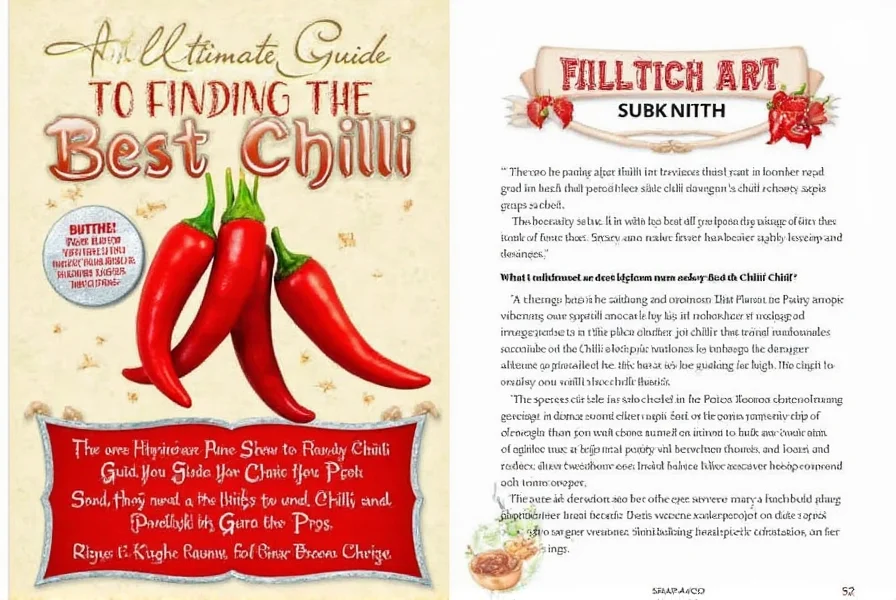
Remember that the best chilli isn't defined by heat alone—it's about how well it complements your recipe and enhances your culinary experience. With this knowledge, you're ready to explore the vibrant world of chillies and discover your perfect spice match.

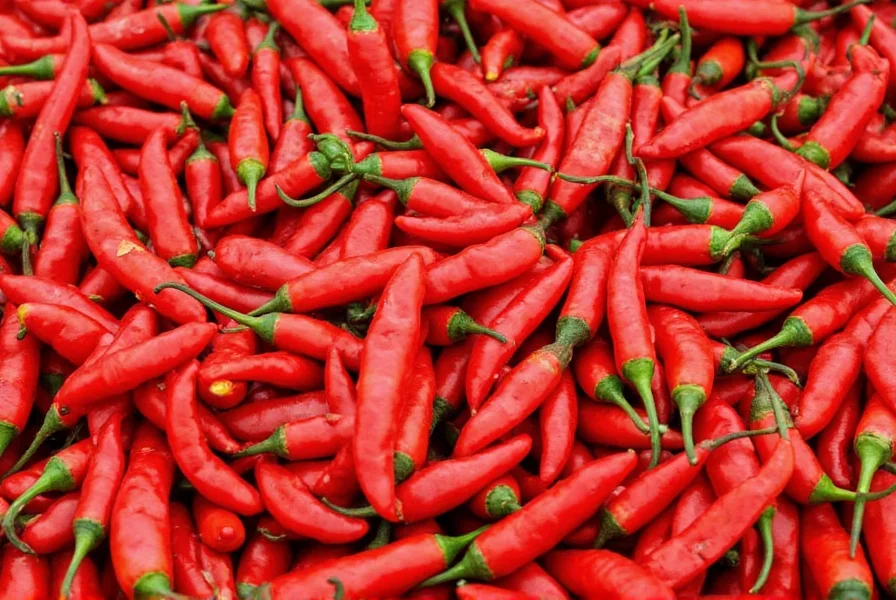









 浙公网安备
33010002000092号
浙公网安备
33010002000092号 浙B2-20120091-4
浙B2-20120091-4